Table of Contents
Introduction to Serrano Chiles
Serrano chiles typically range from 10,000 to 25,000 Scoville Heat Units (SHU), making them significantly hotter than jalapeños (2,500–8,000 SHU) but milder than habaneros (100,000–350,000 SHU). This guide covers everything you need to know about serrano chile heat levels, including comparisons, handling tips, and recipe ideas.
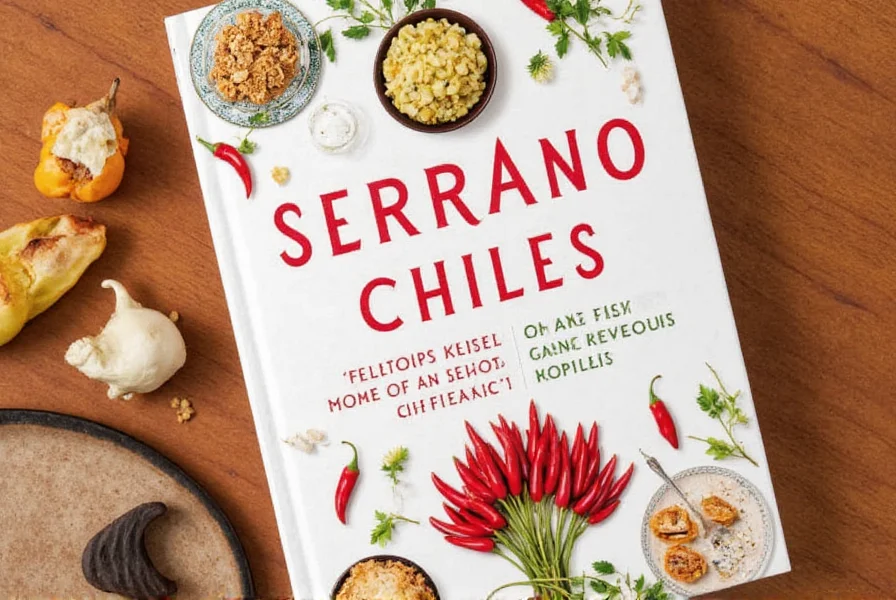
Serrano chiles are similar in shape to jalapeños but slightly longer and thinner. They're usually harvested when they're still green, though they can turn red if left to ripen longer. Their flavor is bright, crisp, and slightly tangy, with a hint of earthiness that pairs well with a variety of dishes.
Understanding Serrano Chiles Heat Level
| Pepper | Heat Level (SHU) |
|---|---|
| Jalapeño | 2,500–8,000 SHU |
| Serrano | 10,000–25,000 SHU |
| Ghost Pepper | 1,000,000+ SHU |
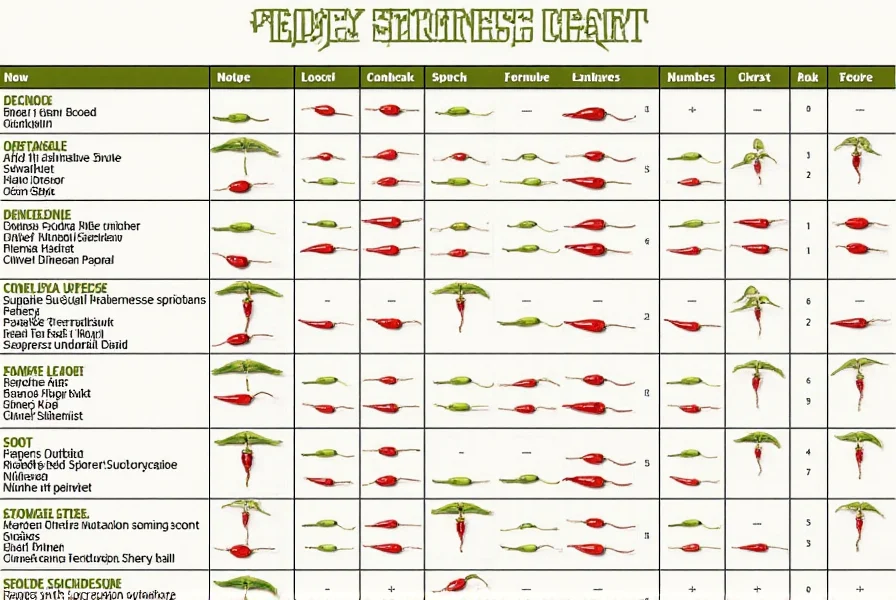
One key factor affecting heat variation: green serranos average 10,000–15,000 SHU while mature red serranos reach 15,000–25,000 SHU due to increased capsaicin development during ripening. Growing conditions also play a role—peppers from hotter climates typically measure 20% higher on the Scoville scale than those from cooler regions.
Practical Tips for Handling Serrano Chiles
- Wear gloves: Capsaicin can stick to your skin and cause irritation. Always wear gloves when cutting or handling serrano chiles, especially if you have sensitive skin or are working with multiple peppers.
- Wash your hands thoroughly: Even after removing gloves, wash your hands with soap and water—especially before touching your face, eyes, or any other sensitive areas.
- Use caution when eating raw: Serrano chiles can be eaten raw in salsas, guacamoles, or salads, but the heat is more intense when consumed uncooked. Start with small amounts and adjust to your tolerance.
- Remove seeds and membranes: The seeds and white membranes inside the pepper contain the highest concentration of capsaicin. If you want to reduce the heat, remove them before cooking.
- Pair with cooling ingredients: To balance out the heat, pair serrano chiles with dairy products like yogurt or sour cream, or with acidic ingredients like lime juice.

Cooking Ideas with Serrano Chiles
- Homemade Salsa: Dice serrano chiles and mix them with tomatoes, onions, cilantro, and lime juice for a fresh, zesty salsa. You can also roast them first for a smokier flavor.
- Guacamole: Add a chopped serrano chile to your guacamole for a spicy twist. Just be careful not to overdo it—spice levels can build up quickly.
- Hot Sauce: Blend serrano chiles with garlic, vinegar, and salt to make a homemade hot sauce. This is a great way to control the heat and customize the flavor.
- Stuffed Peppers: Use serrano chiles as a vessel for stuffing with rice, beans, cheese, or ground meat. They're perfect for a quick and spicy meal.
- Marinades and Rubs: Serrano chiles can be used to create bold marinades for meats or as a base for dry rubs. Their heat adds depth and complexity to grilled or roasted dishes.
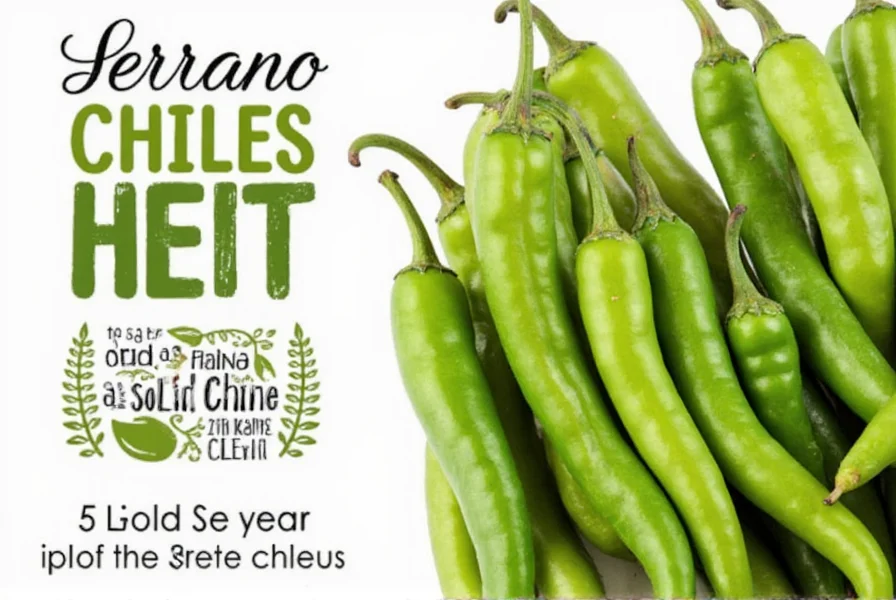
Buying Guide: How to Choose the Best Serrano Chiles
Choosing Fresh Serrano Chiles
When buying fresh serrano chiles, look for:
- Even color: The peppers should be uniformly green, without any brown spots or soft patches.
- Crisp texture: Gently squeeze the peppers—if they feel firm and not too soft, they're likely fresh.
- Smell: Fresh serrano chiles should have a mild, peppery scent. Avoid any that smell overly strong or fermented.
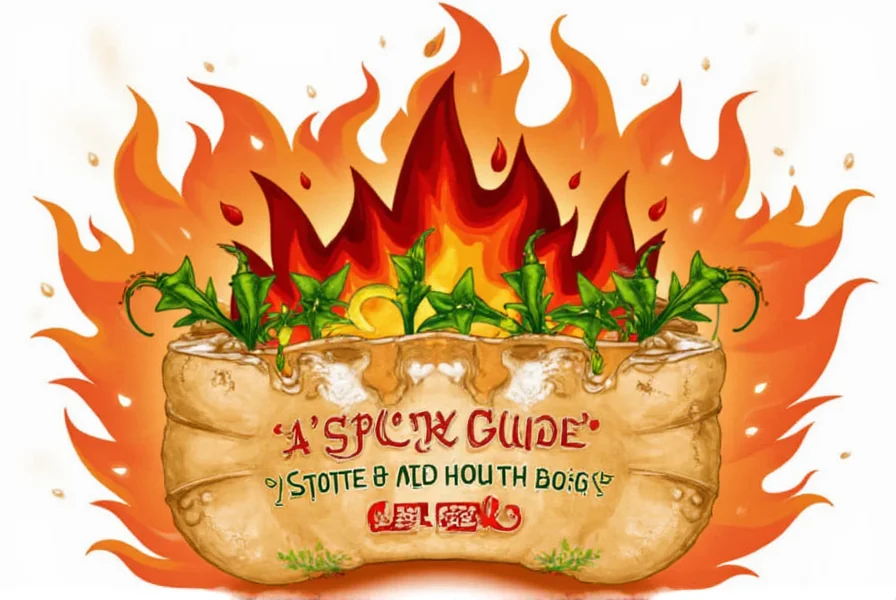
Choosing Dried Serrano Chiles
Dried serrano chiles are often used in salsas, moles, and other traditional dishes. When purchasing them:
- Look for uniform size and shape: Consistent sizing ensures even drying and flavor.
- Check for brittleness: Dried chiles should snap easily when bent—not too hard, not too soft.
- Smell for potency: A strong, spicy aroma indicates good quality and freshness.
Best Uses for Serrano Chiles
Serrano chiles are ideal for:
- Raw applications: Salsa, guacamole, and ceviche benefit from the fresh, sharp heat of serrano chiles.
- Cooked applications: Roasted, sautéed, or pureed, they add depth and heat to sauces, stews, and dips.
- Spice blends: Used in chili powders, taco seasonings, and spice mixes, they provide a balanced heat profile.
Frequently Asked Questions About Serrano Chiles Heat
How hot are serrano chiles on the Scoville scale?
Serrano chiles typically range from 10,000 to 25,000 Scoville Heat Units (SHU). This makes them significantly hotter than jalapeños (2,500-8,000 SHU) but milder than habaneros (100,000-350,000 SHU) or ghost peppers (1,000,000+ SHU).
Are serrano chiles hotter than jalapeños?
Yes, serrano chiles are generally 2-5 times hotter than jalapeños. While jalapeños range from 2,500-8,000 SHU, serranos range from 10,000-25,000 SHU. However, heat levels can vary based on growing conditions, maturity, and individual pepper variations.
Why are some serrano chiles hotter than others?
Several factors affect serrano chile heat: 1) Maturity (red serranos are often hotter than green), 2) Growing conditions (stress from less water or higher temperatures increases capsaicin), 3) Position on the plant (peppers at the top tend to be hotter), and 4) Genetic variation between individual plants.
How can I reduce the heat of serrano chiles in my cooking?
To reduce heat: 1) Remove the seeds and white membranes (where most capsaicin is concentrated), 2) Soak sliced peppers in salt water for 10-15 minutes, 3) Cook them thoroughly (heat breaks down some capsaicin), and 4) Balance with dairy (milk, yogurt, cheese) or acidic ingredients (lime juice) which help counteract the burning sensation.
Are red serrano chiles hotter than green ones?
Generally yes. As serrano chiles ripen from green to red, they develop more capsaicin, making red serranos typically hotter than their green counterparts. Red serranos also have a slightly sweeter, more complex flavor profile while maintaining their signature bright heat.
What's the best way to handle serrano chiles without burning my skin?
Always wear disposable gloves when handling serrano chiles. If you don't have gloves, wash your hands thoroughly with soap and water immediately after handling. Never touch your face, eyes, or sensitive areas while working with hot peppers. You can also use a squeeze of lemon or lime juice on your hands to help neutralize capsaicin if you get burned.
Conclusion
Serrano chiles are a fantastic addition to any spice lover's pantry. With their moderate to high heat level, they offer a spicy kick without being overwhelming. From fresh salsas to cooked dishes, these chiles bring both flavor and heat to the table.
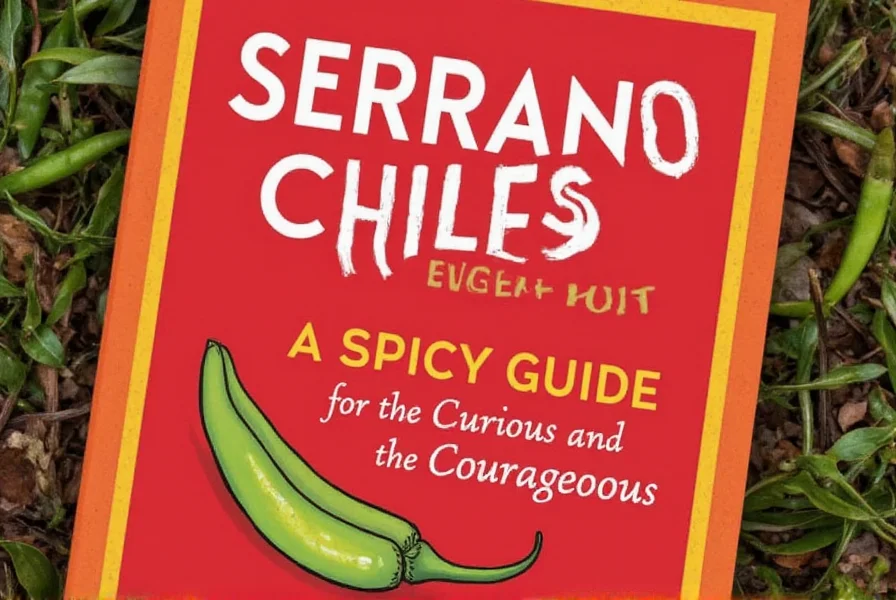
Whether you're an amateur enthusiast or a seasoned chef, understanding the heat of serrano chiles can help you make the most of them in your cooking. Remember, it's all about personal preference—and sometimes, a little bit of heat can make all the difference.
So next time you're at the market, don't skip the serrano chiles. They might just become your new favorite spice.










 浙公网安备
33010002000092号
浙公网安备
33010002000092号 浙B2-20120091-4
浙B2-20120091-4